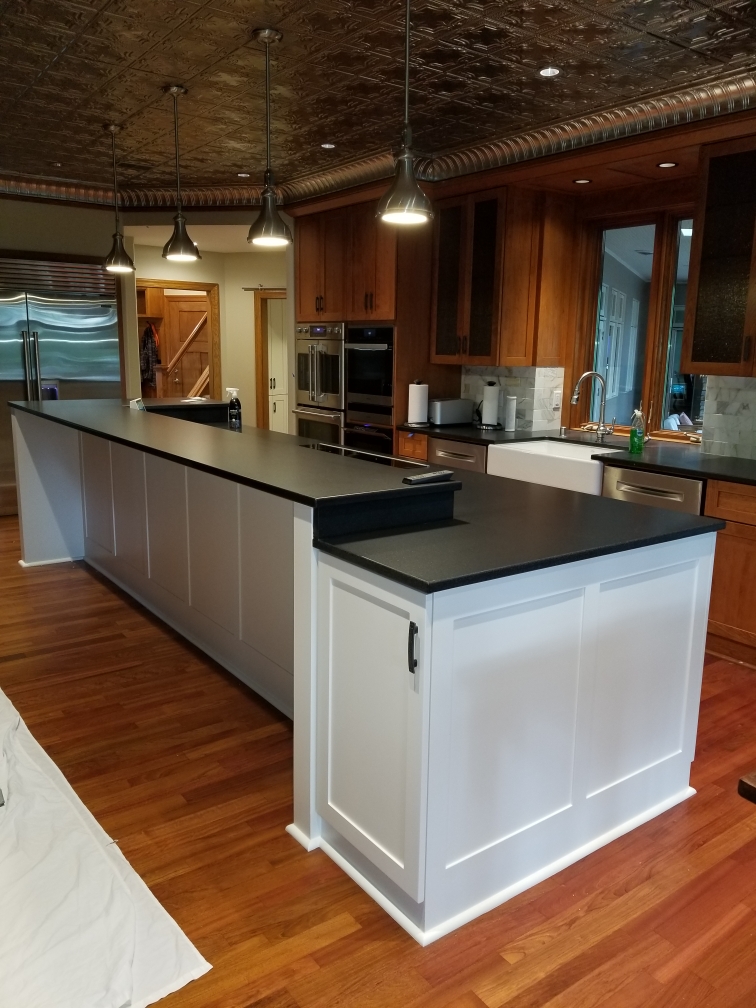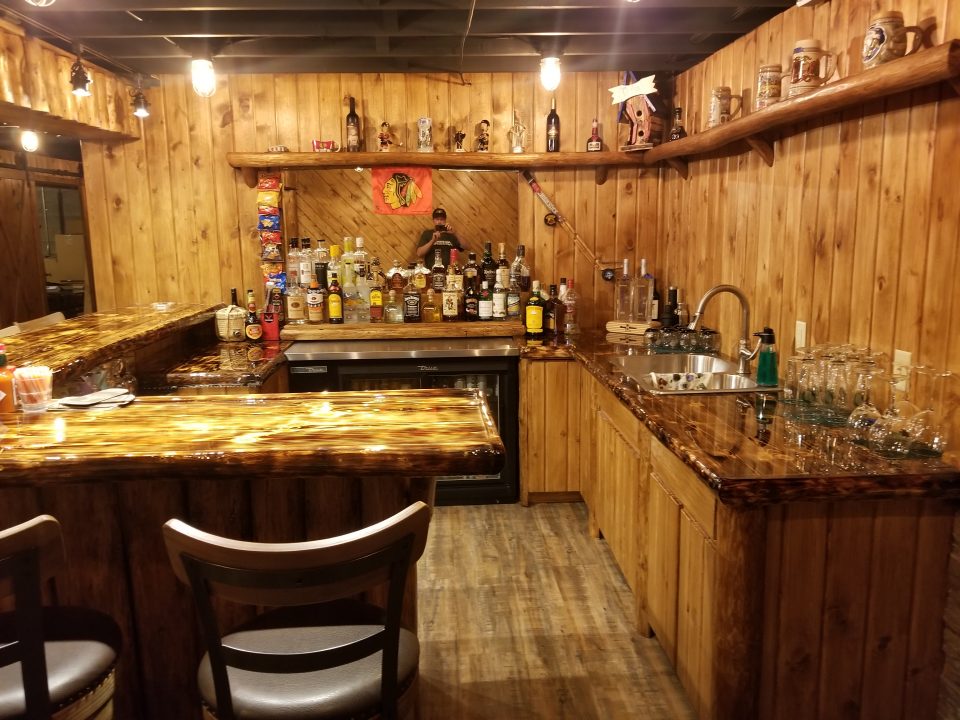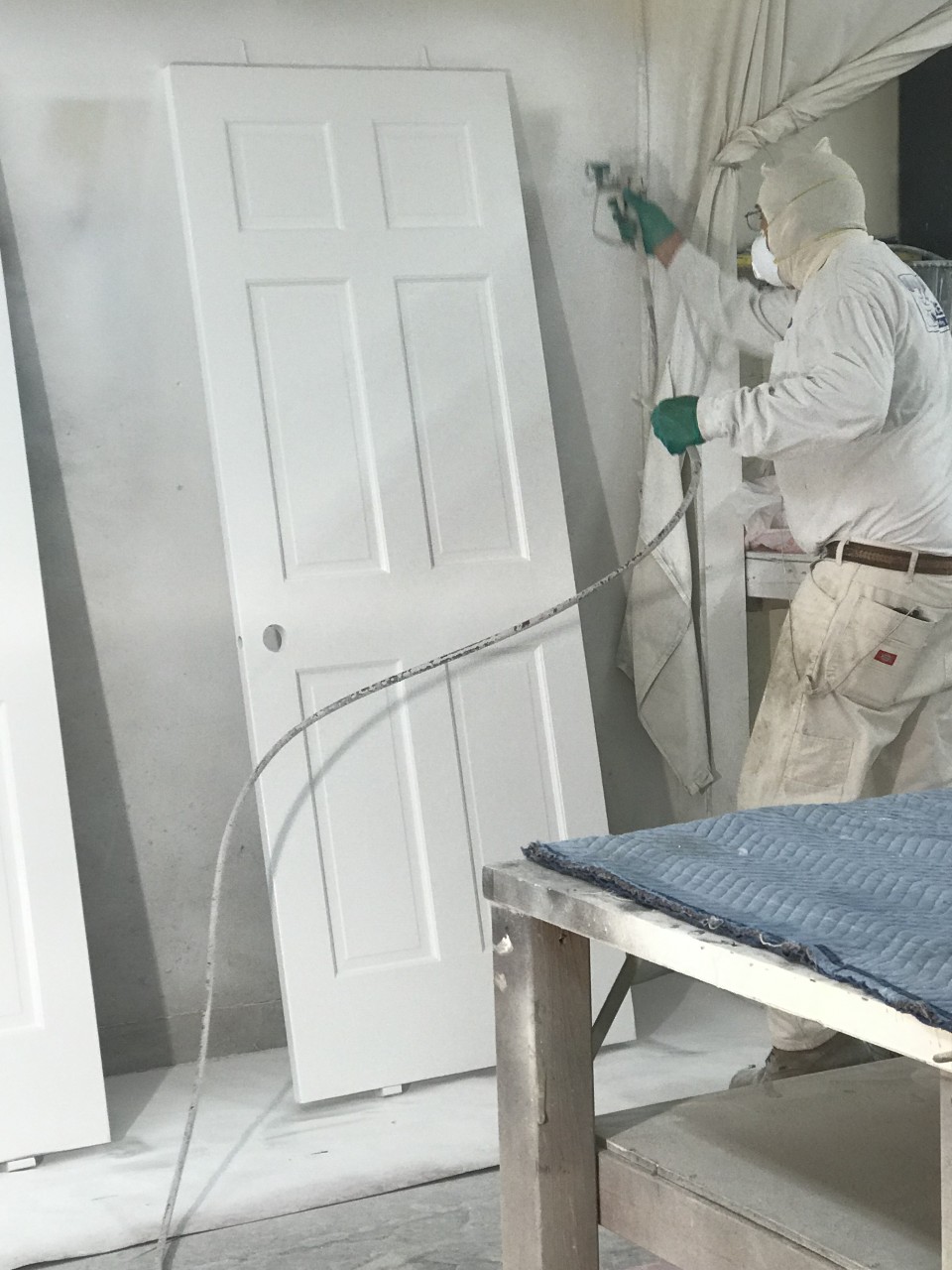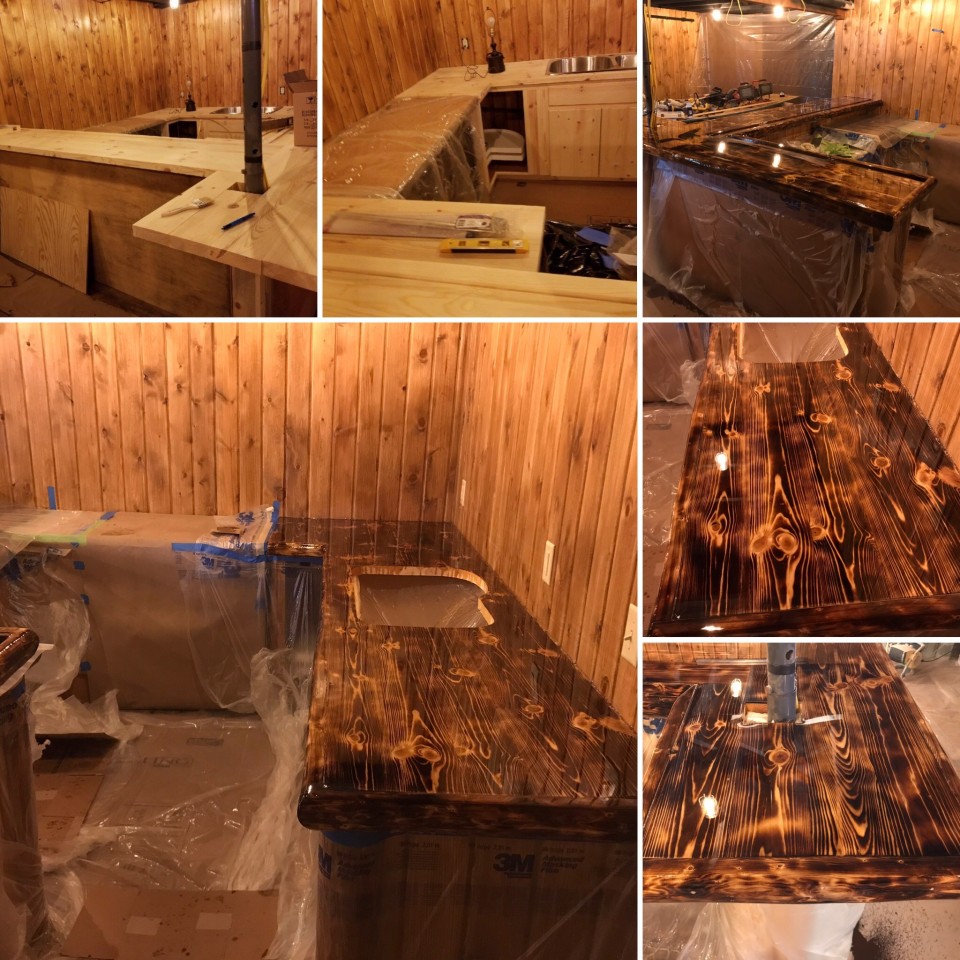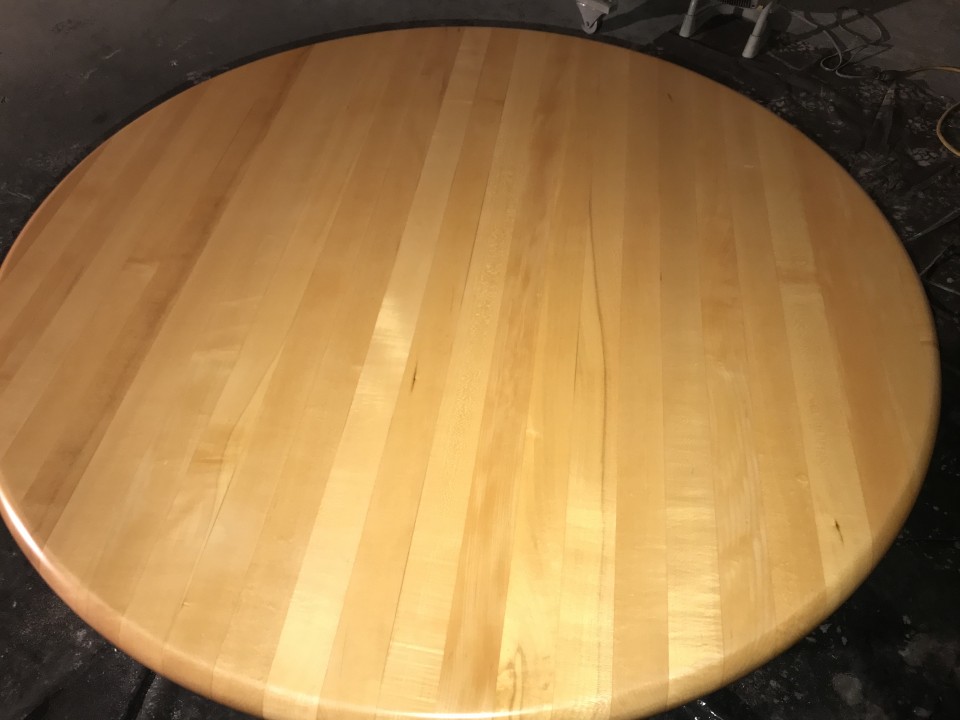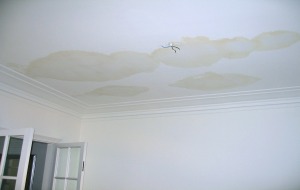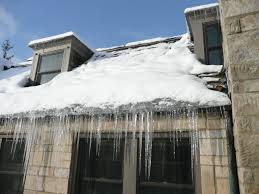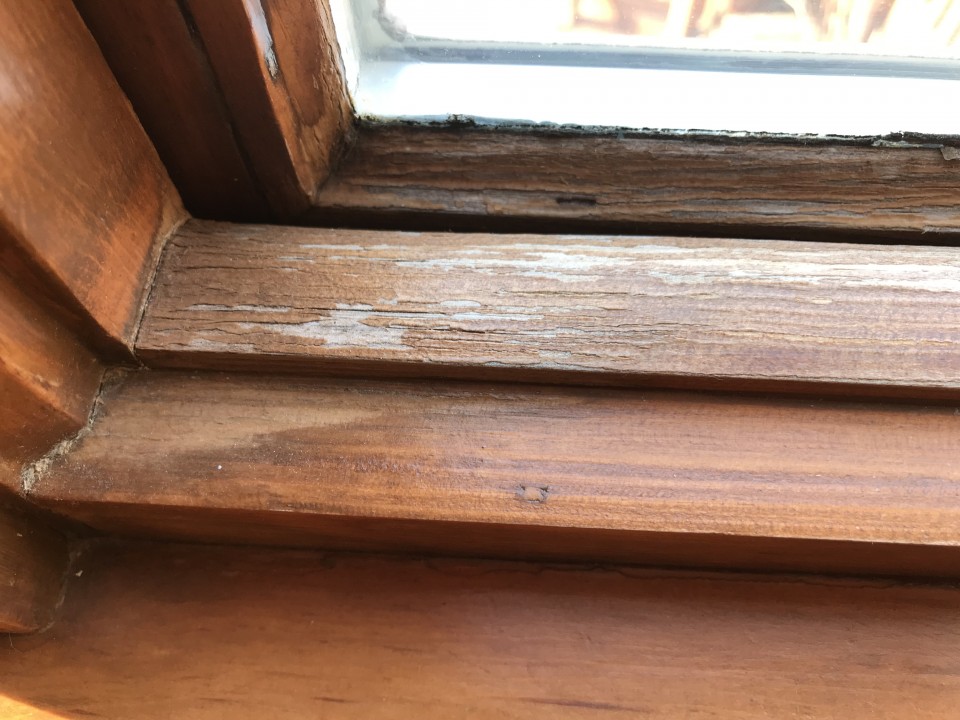Wallpaper Removal
Super hard or super easy! Wallpaper removal is all based upon one issue. Were the walls properly prepared prior to hanging? When hanging wallpaper the walls must be primed or sized with a sealing type paint or primer that is made for this process. Back in the ’70s and 80’s I hung wallpaper almost every day. It truly was the in thing. The very best way to size the wall is to use an oil-based slow dry primer with a flat or Matt finish. Don’t use quick-dry oil primers, they are shiny and the paper may not adhere. The next best thing to size is a water-based sizing specifically designed for under wallpaper. Oil-based primers are best because they bond great to the existing latex wall paint and they insure and will not let the paste or the water at removal time penetrate into the underlying paint and wallboard. The removal is a snap with oil-based primers.
Problems:
1: If the walls were not sized and or the paper installer hung the paper over raw sheetrock or over cheap latex paint then the problems just got worse. The wallpaper will come off in small pieces and you will do a lot of damage to the wall creating a lot of patching to get the wall looking nice for paint.
2: Pre-pasted, vinyl-coated wallpapers: Water will not penetrate the vinyl coating and they can seldom be removed in large pieces or sheets.
The process for removal!
Tape the baseboards and cover the floors with two layers of protection. You will be using a lot of water.
Step # 1: Test the existing wallpaper. Locate a seam, joint or edge of the wallpaper. Use your fingernails or a flexible putty knife to see how much of the top layer can be removed without any water. Three things can happen. If the top layer or all of the paper is solid vinyl, then it will come off in sheets. This is the best outcome. If you start at the bottom corner or a top corner and slowly pull away at an angle the paper may come off in sheets just like it went on. If the paper is fabric backed then the only thing left behind will be the adhesive (more on that later).
Step # 2: If the wallpaper is paper backed vinyl (i.e. the top layer came off and there is a fuzzy paper layer still on the wall) or if you were unable to remove the top layer then there are additional steps. It’s time to break out the pump-up garden sprayer. A one or two-gallon unit will suffice. It’s also helpful to buy some paste removal products like DIFF. Mix as per instructions using hot water (hotter the better) and wet the wall down. Start with maybe an 8’-10’ wall. You will need to soak the paper with 2-3 applications of hot water over a 10 – 30-minute time frame. Make sure you test after each layer of water to see if the paste has softened. You will need putty and or patching knives for this process. When the paste is soft, you should be able to slide the putty knife under the paper layer. Apply pressure to the putty knife against the wall and slide the blade under the paper removing the paper layer. If the paper gets too wet or if it is too dry you will have trouble. At this point do everything you can to prevent wall damage. Priming, patching, sanding all take a lot of time and a fair amount of skill to make the walls look nice.
Step # 3: At this point, all the paper has been removed. The walls may have a very heavy layer of paste or a very thin layer. The paste could be so thin that you can hardly tell it is there. It’s time to test again. Use that pump-up garden sprayer and wet down a small area about 2’x2’ you may have to wet it down again as stated above. Use your fingers and test the wet down area. It will be slippery or sticky. At this point, you will need 5-gallon buckets, 3M scotch bright pads, and sponges. You will need to keep wetting down the wall and washing off the paste until the walls are clean and free of paste. The wall is free of paste when your wet finger grabs to the wall rather than slides on the wall. The idea here is that you will be washing the paste off the wall and rinsing the sponge into your bucket. You will need to continue to change your water. Washing the wall with dirty (paste filled water) is pointless. If you don’t remove all the paste from the wall then the new layer of paint may not adhere or it may bubble up. It is very important to remove all the paste from the walls. Use lots of light and be patient.
Problem wallpaper (vinyl coated). If you can’t remove the top layer and or the paper won’t get wet with the sprayer then you will need to sand. The point here is to break down the coating on top of the wallpaper. When the wallpaper was manufactured they used a varnish type vinyl coating and sprayed the front of the wallpaper. This is preventing water penetration and preventing the underlying paste from getting wet. Buy or borrow a random orbit sander and find some 40 Grit sandpaper to sand the coating off the wallpaper. You will need to test wash to ensure that you sanded enough. Sanding will create scratches in the varnish type coating this, in turn, will allow the water to penetrate and soften the underlying glue and or adhesive. When you are able to wet down the paper, then complete as stated above with steps two & three.
Finally, it’s time to patch the walls to ensure the walls look nice for painting.
Feel free to call Lake Area Painting & Decorating with questions or for a price to complete all this work as stated above. We would love to hear from you.

